Idea by
Disobedient Buildings
Disobedient Buildings
https://www.disobedientbuildings.com/
Call for ideas 2021
Disobedient Buildings
Disobedient Buildings
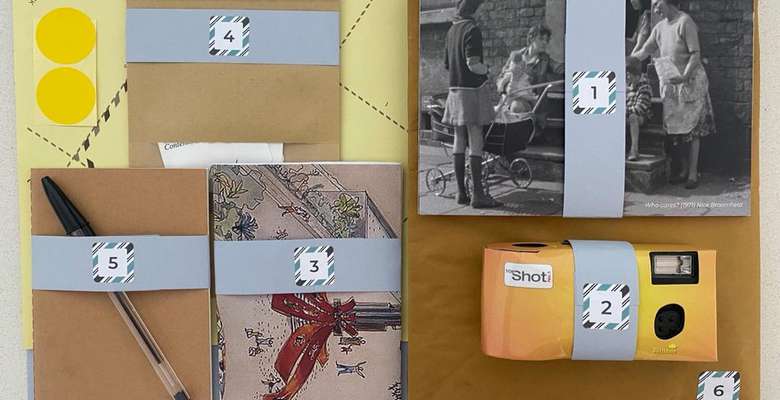
- Systemic changes
During the 1960s and 1970s tower blocks were celebrated as the pinnacle of modernity and technical prowess associated with new, sophisticated forms of urban, communal living. However, three decades of neo-liberal reforms and austerity policies have transformed many blocks into neglected spaces. To explore these issues, we send participants who live in tower blocks today, packs with creative tools and tasks. Through participant-led visual ethnographies and curatorial interventions, the project offers a unique comparison of care and lived experiences of ordinary residents within ever-changing urban dynamics in Europe. Against the backdrop of the rise in health and safety incidents in decaying blocks of flats worldwide, our project examines, through the use of research packs and exhibitions, how inhabitants of aging buildings in three European countries (the UK, Romania and Norway) create safe and comfortable homes to inspire the future of architecture.
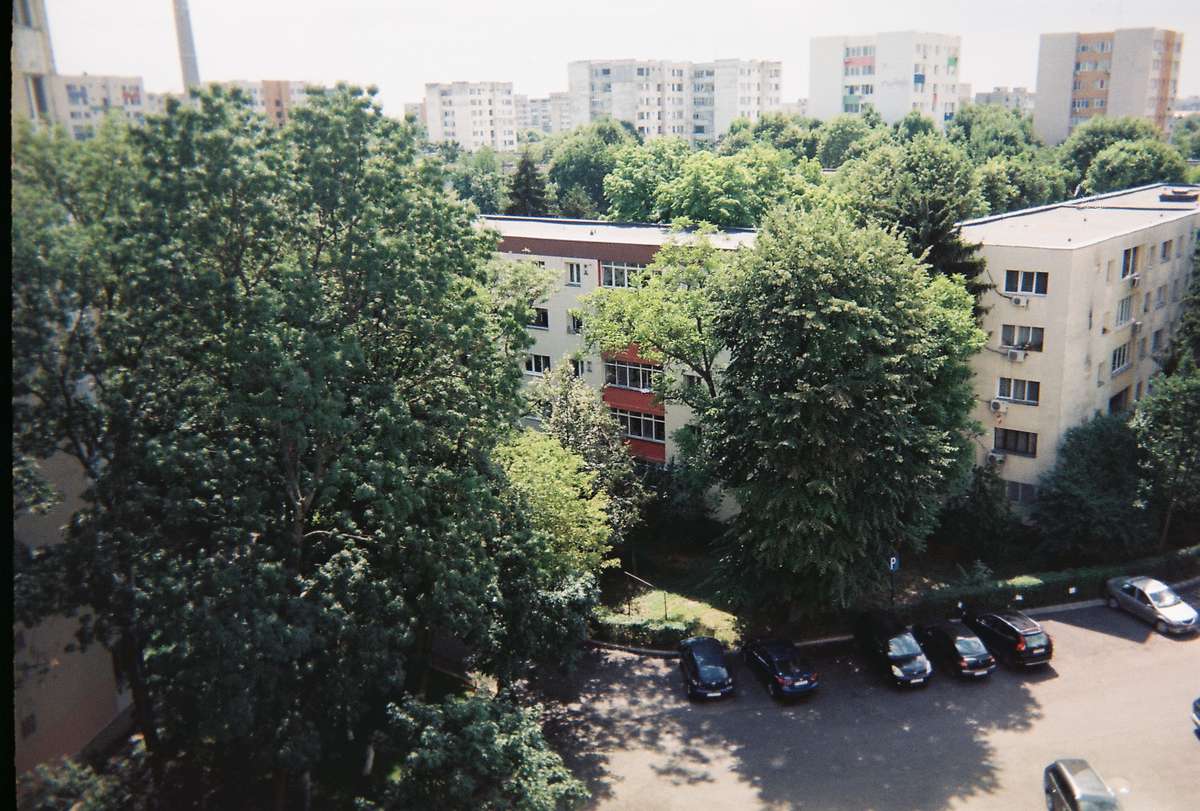
What do you see from your window? Bucharest, Romania.
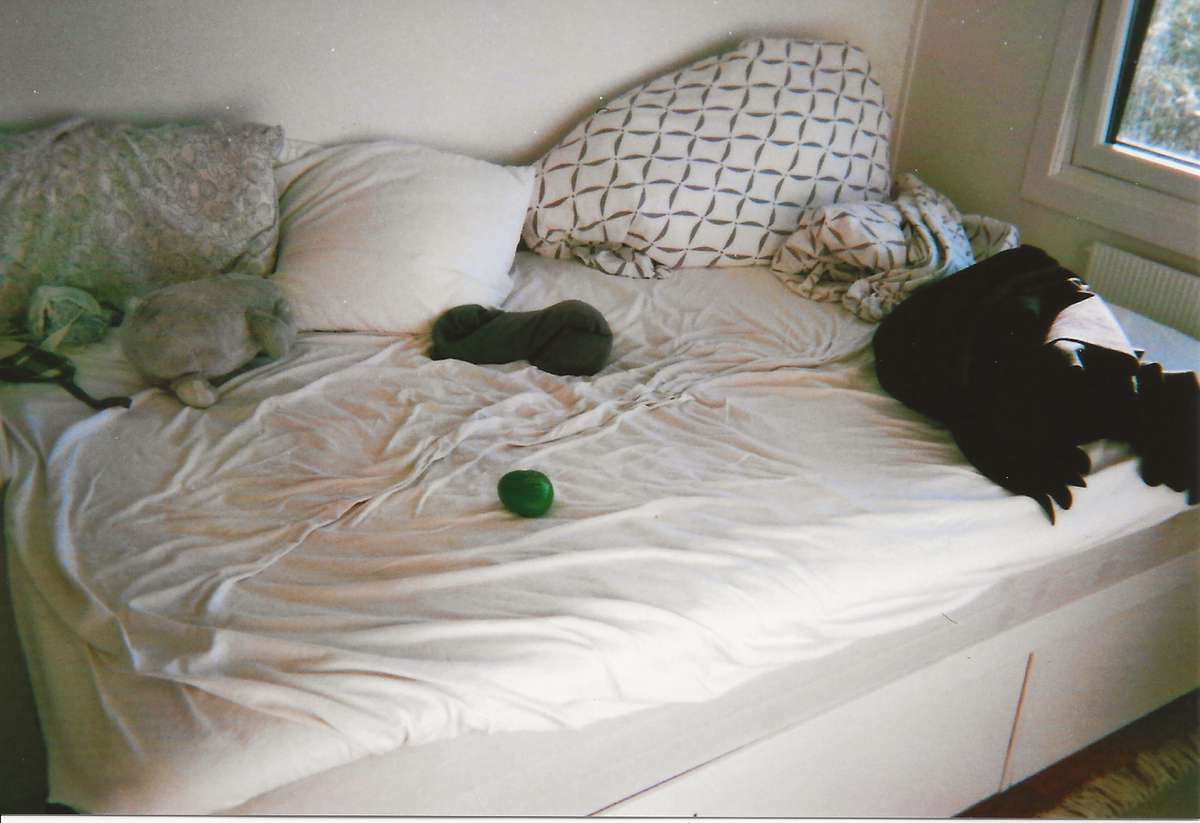
What makes you feel at home? Oslo, Norway.
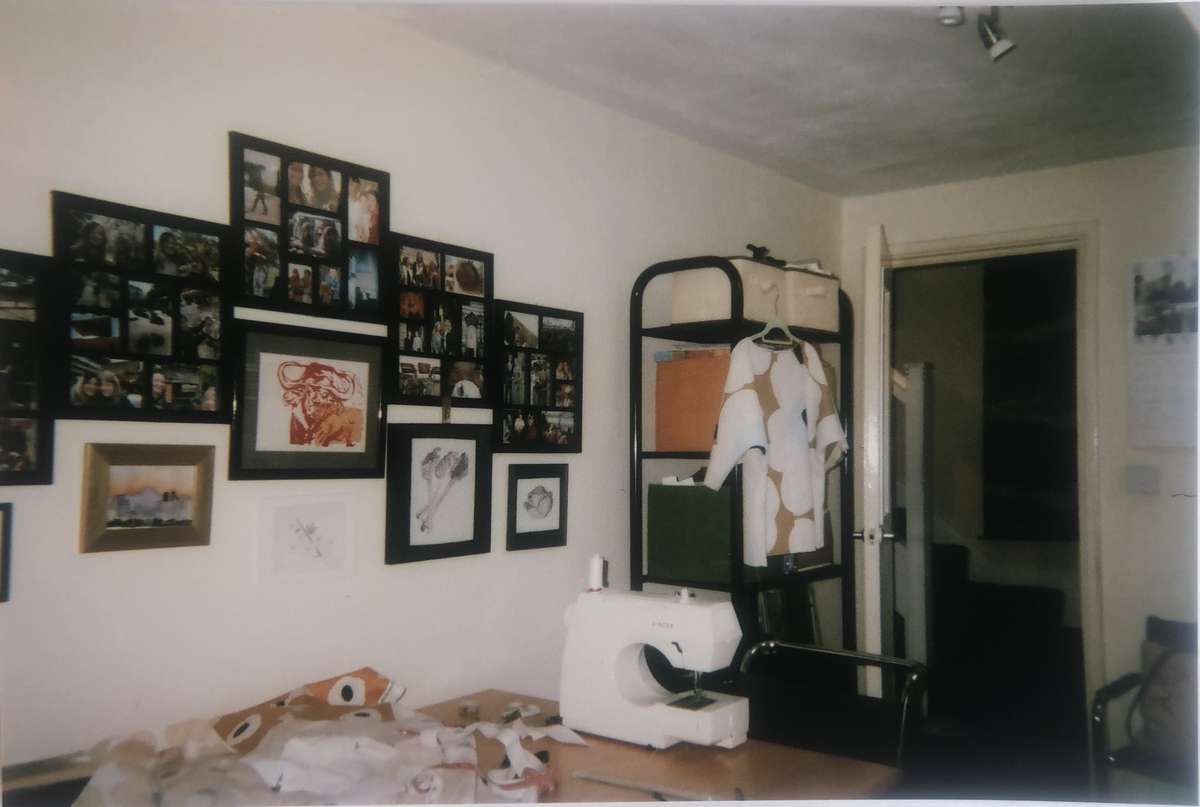
What do you do when you are stressed? London, UK.
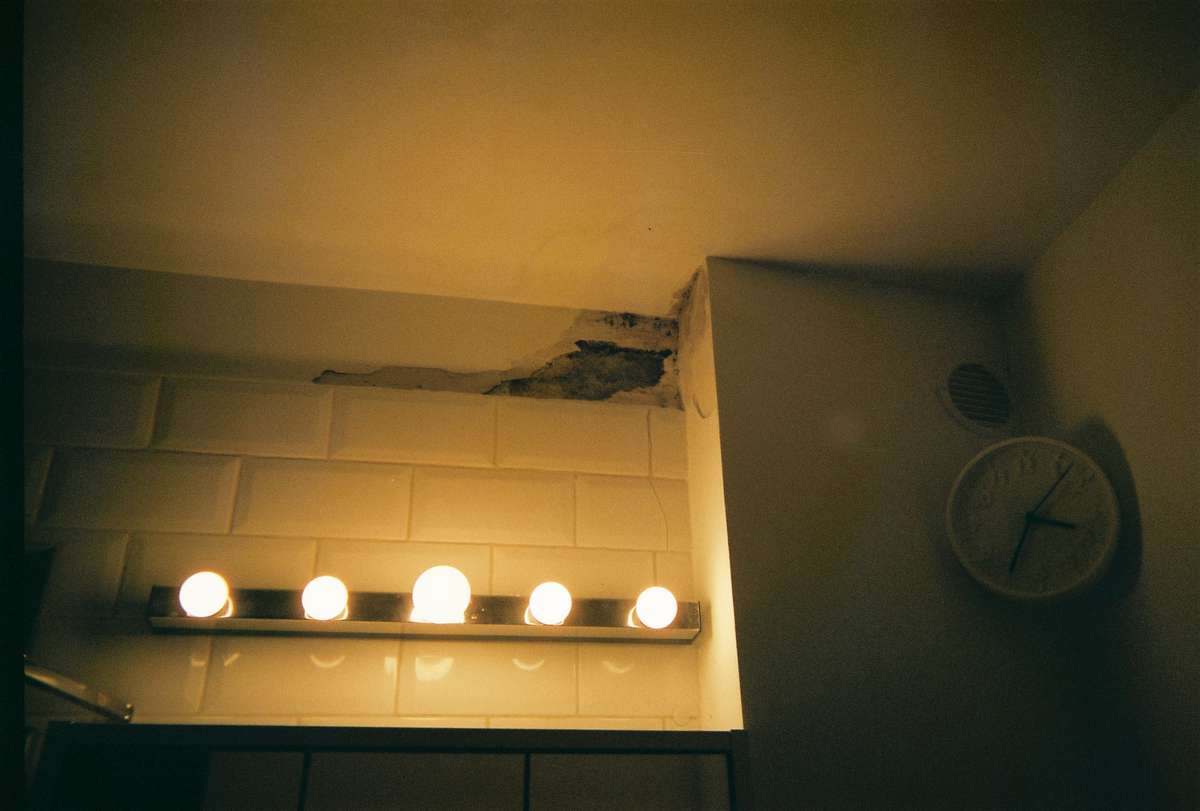
What needs to be fixed in your flat? Bucharest, Romania.
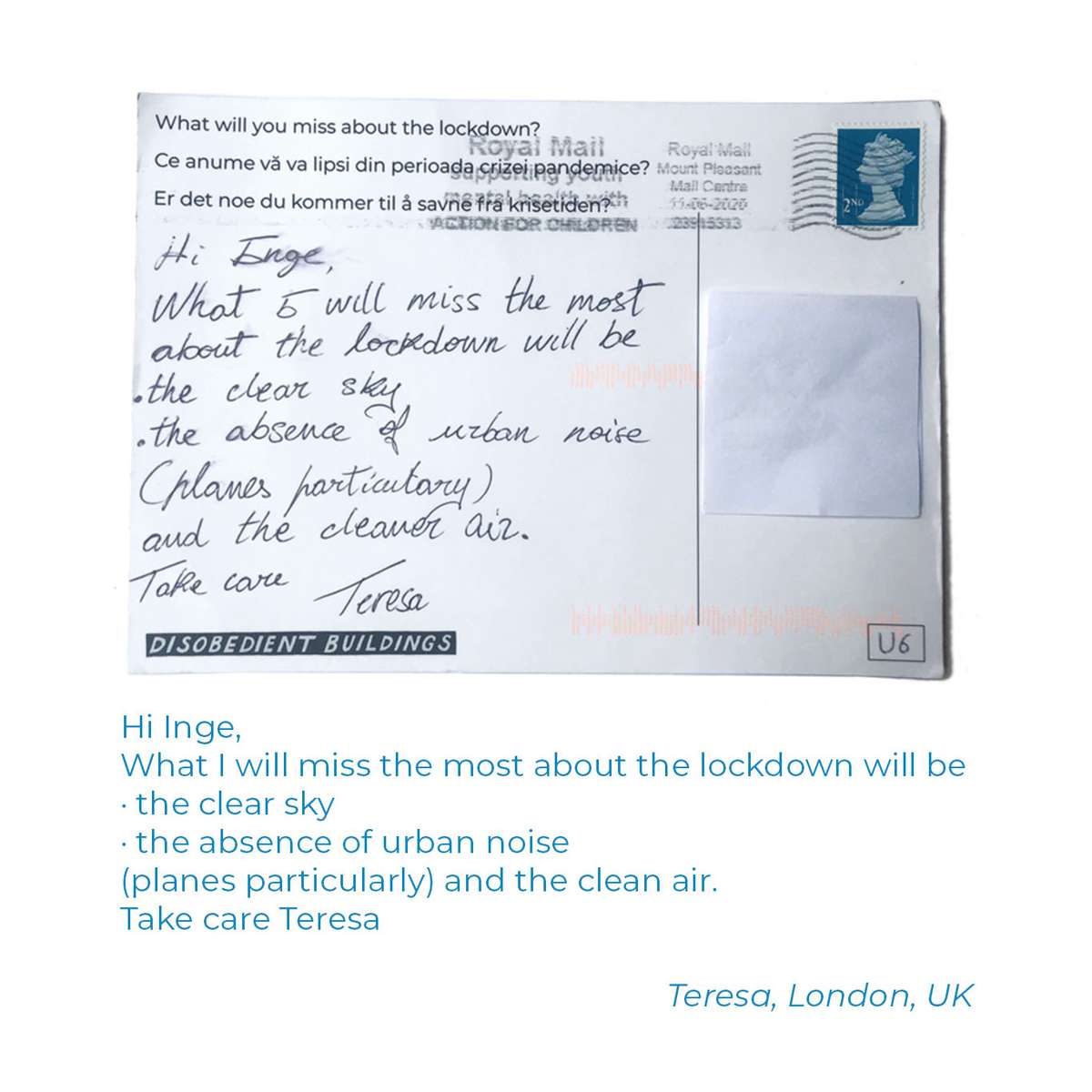
What will you miss about the lockdown? London, UK
Disobedient Buildings
Disobedient Buildings

- Systemic changes
During the 1960s and 1970s tower blocks were celebrated as the pinnacle of modernity and technical prowess associated with new, sophisticated forms of urban, communal living. However, three decades of neo-liberal reforms and austerity policies have transformed many blocks into neglected spaces. To explore these issues, we send participants who live in tower blocks today, packs with creative tools and tasks. Through participant-led visual ethnographies and curatorial interventions, the project offers a unique comparison of care and lived experiences of ordinary residents within ever-changing urban dynamics in Europe. Against the backdrop of the rise in health and safety incidents in decaying blocks of flats worldwide, our project examines, through the use of research packs and exhibitions, how inhabitants of aging buildings in three European countries (the UK, Romania and Norway) create safe and comfortable homes to inspire the future of architecture.
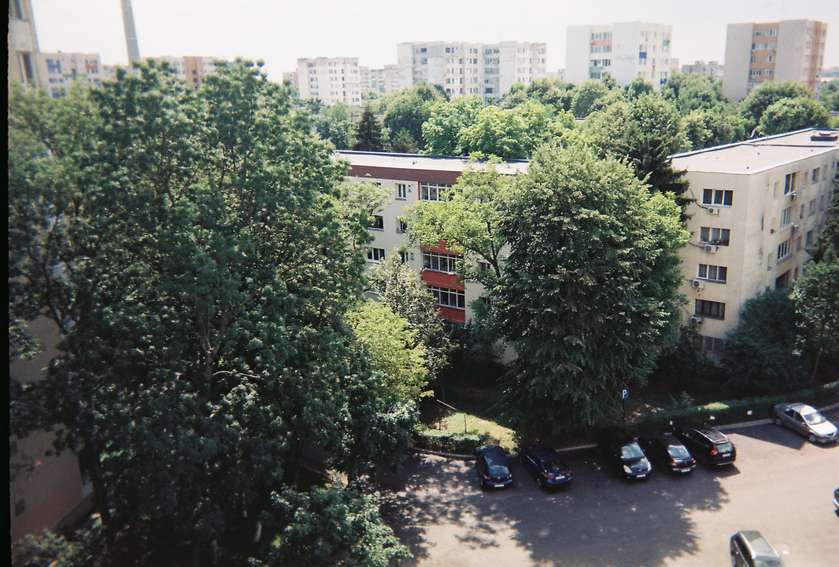
What do you see from your window? Bucharest, Romania.
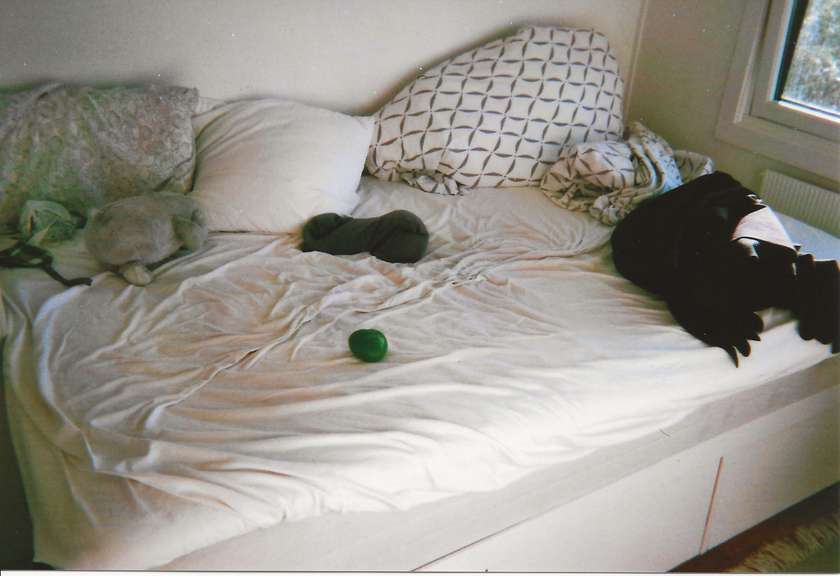
What makes you feel at home? Oslo, Norway.

What do you do when you are stressed? London, UK.
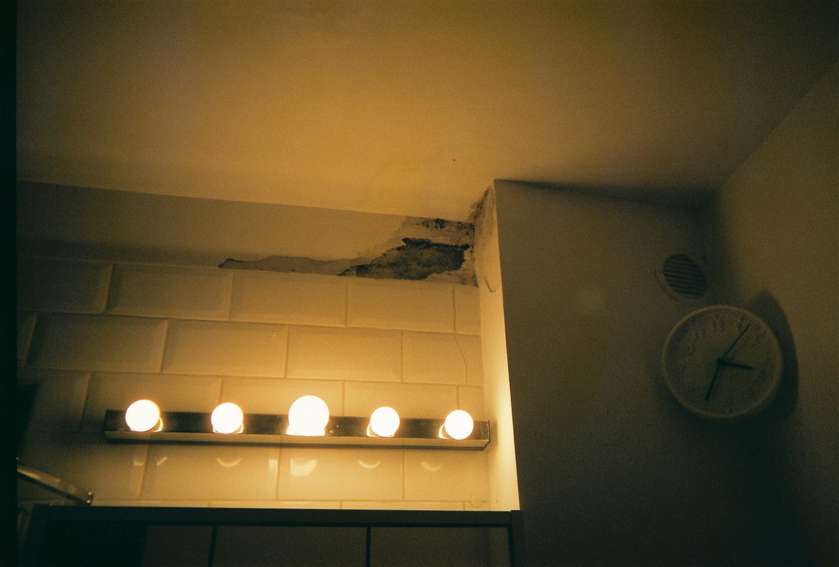
What needs to be fixed in your flat? Bucharest, Romania.
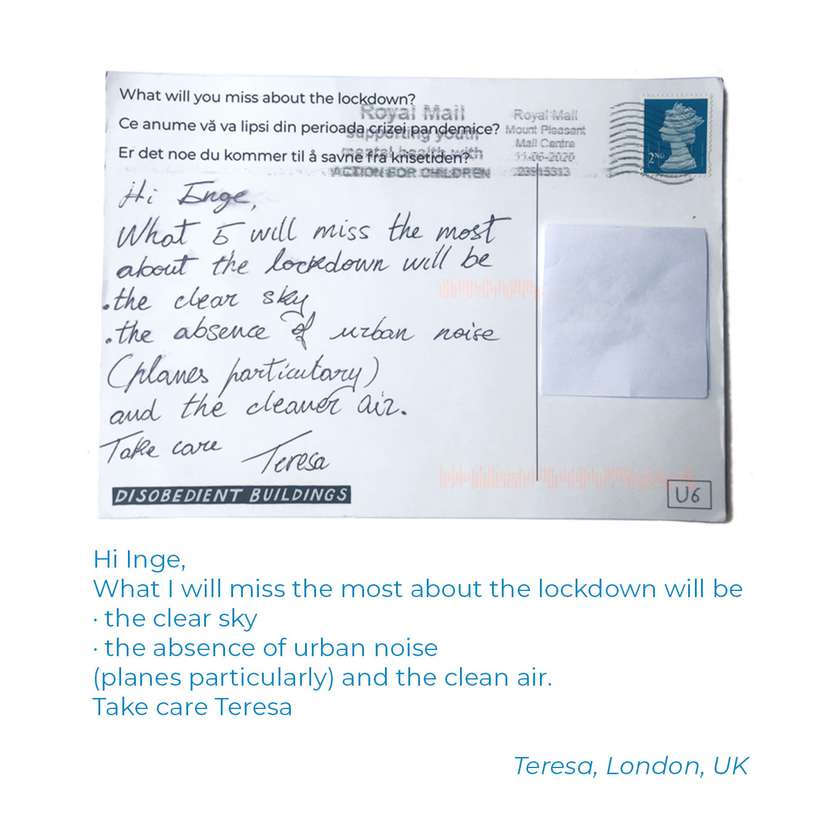
What will you miss about the lockdown? London, UK